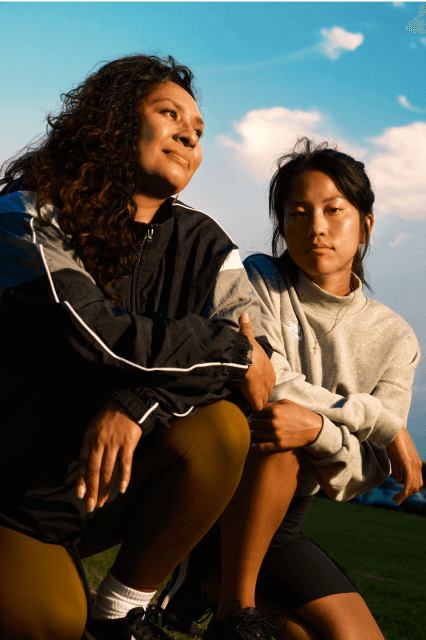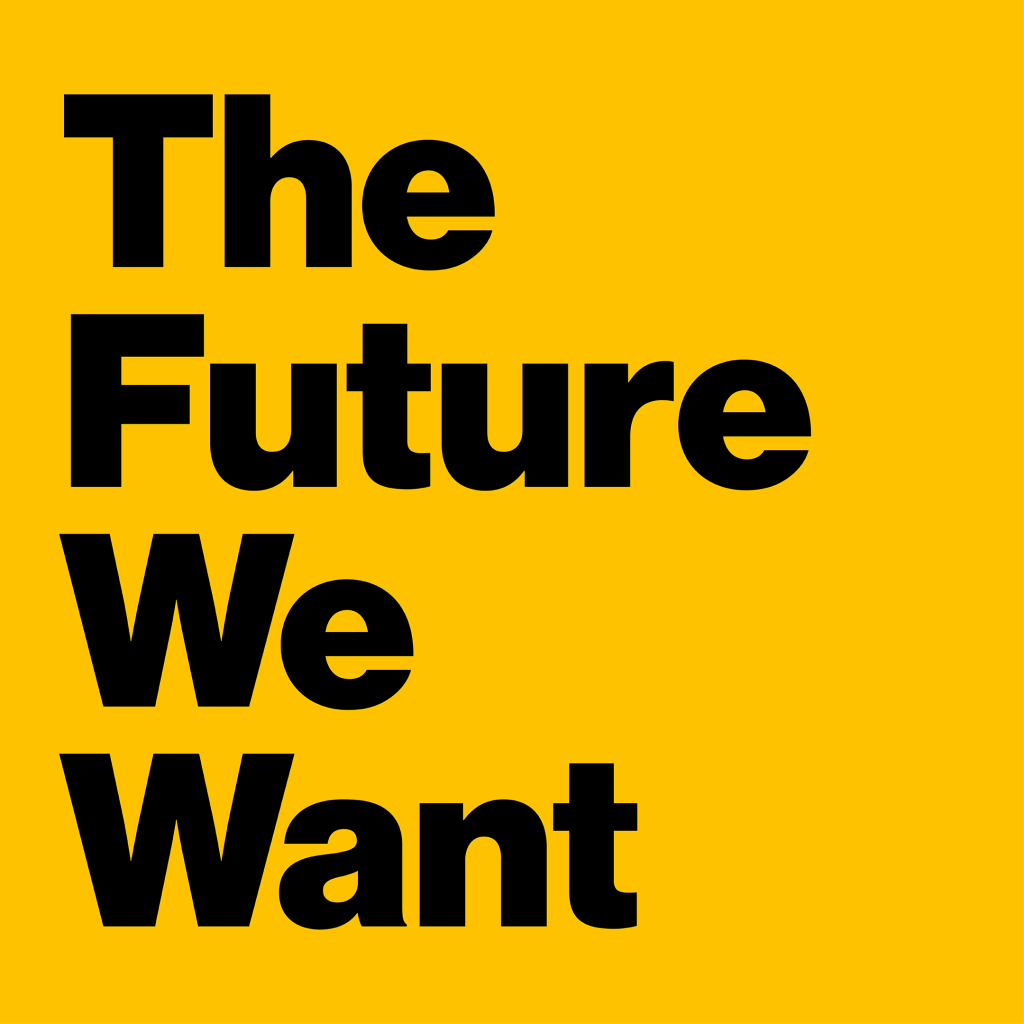Branding the Circular Revolution

Five Strategies to Unlock Business Growth with Circular Design
For many of today’s leading companies, there’s a $4.5 trillion business opportunity that remains untapped – the circular economy – and the future of brands, the growth of the marketplace and the survival of our planet may depend on it.
Traditional business models are linear – we take resources, make products and after use, many end up in landfills. Yet, this way of designing for maximum consumption, ever-shifting fashion trends and short-term financial gains is having significant unintended consequences that undermine the health and success of business and society.
We’re on the brink of a new way of doing business: where we unlock more value by reimagining the business model and design mindset as circular and regenerative. By moving from a sell, use, waste model to one of reclaiming, remaking and reselling the same products, brands can design out waste and drive more revenue. This circular business approach maximizes the value of every product by keeping it, one way or another, in circulation and driving more use, by more people. Ultimately, circular design gives brands the power to create potentially unlimited revenue streams, reduce reliance on volatile material resources and build loyal, long-term relationships with their customers that truly never end.
And yet, these benefits won’t happen with yesterday’s thinking or status-quo leadership. Now is the moment for brands to step up and start reimagining the full spectrum of a product’s lifecycle beyond a beginning and an end. Now is the time to shift our experience with brands from finite, linear transactions to ongoing, enduring relationships. Working with many pioneering brands on this journey, our team at BBMG has identified five principles of success to help inspire the next wave of innovation, growth and impact:
1. Flip Expectations from Barriers to Benefits
To drive a circular revolution in the marketplace, we can’t ignore the real barriers that make people hesitant to shop secondhand or repurposed products. Some expect poorer quality. Others worry about being judged by peers. No matter the barrier, we can’t pretend circular products are something they’re not. We must celebrate that the products are different and address the critics directly.
Working with The North Face to launch its “Renewed” line of refurbished gear earlier this year, we focused on the durability, technical performance and high quality of the goods so they were ready for many more adventures. We flipped the story of repaired gear from something that’s broken to something that is more resilient and stronger than ever. With headlines like “Revival of the Fittest” and “Remade to Explore More,” our campaign highlights the brand’s pride in high quality, refurbished gear while honoring the same sense of resilience and determination that athletes and explorers feel themselves.
2. Tap in at the Right Time
Humans are creatures of habit. We have a morning routine. We have a bedtime routine, and many others in between. Whether it’s what we eat or how we shop, we need a good reason to change it up. We’ve learned that it’s at life’s milestone moments – heading out on your own, moving in with a partner, buying that first home, welcoming a new baby or empty-nesting – when new behaviors are ready to be adopted. It’s also at these moments when waste is often top of mind: accumulation, diversion and guilt. These life stage moments are the entry points for brands to show up and delight with circular design.
For example, Vigga, the baby and maternity clothing leasing service, helps new parents avoid heaps of waste without sacrificing on those adorable, organic onesies. Similarly, Apartment Therapy Marketplace has pinpointed the opportunity to help young professionals furnish their first apartment (or two or three). They describe their platform – which enables you to buy and sell designer furniture – as “a community for those who love good design.” If brands show up at times of transition, these moments can act as the starting point for new discoveries, behaviors, cultural norms and lifelong participation in a new economy.
3. Fuel Peer-to-Peer Connections
At a time when digital social networks connect us to more friends, family members and acquaintances than we ever thought possible, people are lonelier than ever. According to a new study by Cigna, nearly half of Americans report sometimes or always feeling alone or left out. And loneliness scores peak among Gen Z. Now more than ever, young people are seeking real human connections and appreciate when brands act as the catalyst.
Take REI for example, which hosts used gear swaps and outlet sales, dubbed REI Garage, across the country. These simple, IRL experiences have developed a cult following, with attendees camping overnight to get in line for each event. Yes, it’s a chance to get awesome gear at good prices, but even more, it’s a chance to meet people, learn from one another and be part of a passionate, values-aligned community.
4. Make Circular Design, High Design
While circular business is on the rise, we have to watch out for what can be a major pitfall: the sustainability sacrifice. Circular design will fail if it’s perceived as a sacrifice. Indeed, if it’s seen as a compromise on performance, style or selection, it will never meet the needs of the masses. For circular brands to succeed, they must be lust-worthy.
The RealReal has become a sensation for America’s most stylish urban shoppers. The San Francisco-based company connects buyers and sellers of luxury designer goods, including clothing, jewelry, handbags and furniture. With 8 million items sold and $500 million in revenue last year alone, its success comes from a high-end experience from end-to-end. This isn’t a corduroy clothing swap; it’s a haute-couture, expert-authenticated, premium experience. And collections like “The Masterpieces,” “The Finer Things” and “Designer of the Moment,” exemplify The RealReal deal. This high-end, secondhand marketplace is quintessential recommerce. The RealReal and other circular luxury brands like Rotarity and Poshmark are leading a new sustainable fashion movement, but you’d never know it.
5. Offer New Experiences, Less Stuff
What’s more inspiring than trying something new or going somewhere you’ve never been before? People love the chance to experiment and experience the world beyond their comfort zones. Yet, too often, trying something new means buying something new. And buying something new for a one-time experience can lead to overflowing garages and untouched closets.
Circular design helps consumers say yes to more experiences with less stuff. Say yes to that fishing trip. To that dance class. To that wedding where your ex is sure to be. Whether it’s rental services for camping gear, like Outdoors Geek, or cocktail dresses, like Rent the Runway, circular design unleashes access to more trips and more style – without the guilt or regrets.
As waste becomes a more pressing concern for people, business and the planet we share, now is the time to reimagine our relationship with all that stuff in our lives. By embracing these five circular branding principles, we can design for more experiences with less stuff, more beauty with less excess, more meaning with less guilt.
And that’s something worth doing again, and again and again.


